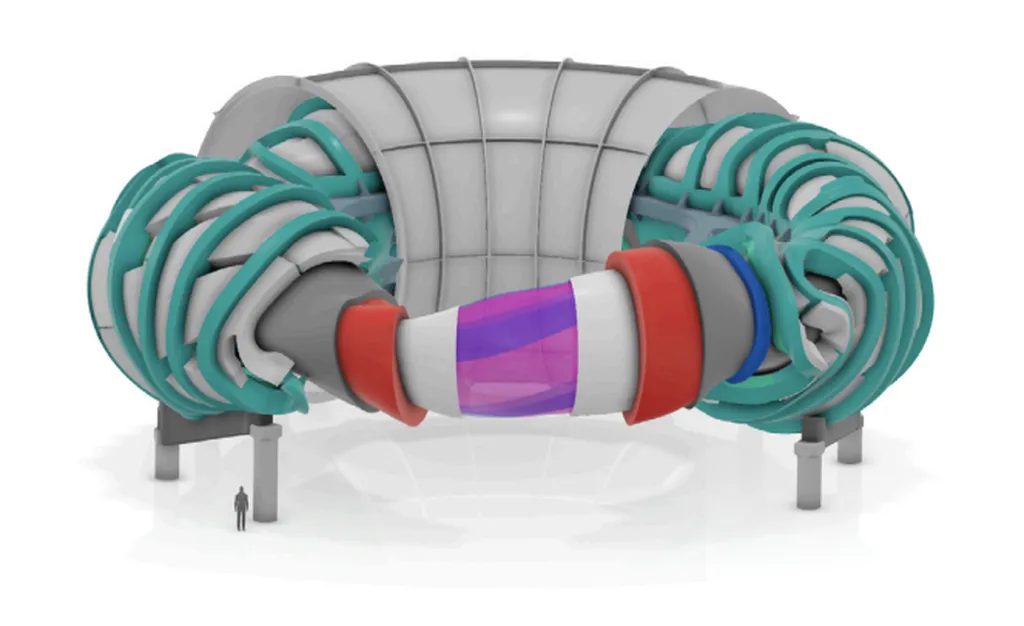In the relentless pursuit of clean, sustainable energy, scientists are continually pushing the boundaries of fusion technology. A recent breakthrough from the University of Science and Technology of China (USTC) could significantly impact the future of stellarator design, potentially revolutionizing the fusion energy sector. The research, led by Xianyi Nie from the School of Nuclear Science and Technology and CAS Key Laboratory of Frontier Physics in Controlled Nuclear Fusion, introduces a novel code named FOCUS-HTS, designed to optimize high-temperature superconducting (HTS) coils for stellarators.
Stellarators, a type of fusion device, rely on external magnetic fields to confine plasma, enabling steady-state operation and avoiding disruptions caused by plasma currents. The fusion power of stellarators is proportional to the cube of the device’s size and the fourth power of the magnetic field strength. HTS coils, which can withstand high currents, offer substantial advantages in enhancing fusion power or reducing the machine size. However, the unique electromagnetic and mechanical properties of HTS materials, particularly Rare Earth-Barium-Copper Oxide, present new challenges for coil design.
Enter FOCUS-HTS, a new code developed to tackle these challenges. Building on its predecessor, FOCUS, this innovative tool can model coils as either filaments or finite-build shapes using the Fourier representation or cubic B-splines. “FOCUS-HTS is not just an incremental improvement; it’s a significant leap forward in our ability to design and optimize HTS coils for stellarators,” says Nie. The code can optimize tape strains, electromagnetic forces, and critical current densities, providing a comprehensive suite of tools for researchers and engineers.
Developed in Python with automatic differentiation, FOCUS-HTS allows easy interfacing and GPU acceleration, making it a powerful and user-friendly tool. The code has already been used to reduce the electromagnetic force of the W7-X coils and design HTS coils for a precisely quasi-axisymmetric stellarator. These demonstrations highlight the potential of FOCUS-HTS to shape future developments in the field.
The implications for the energy sector are profound. By enabling the design of more efficient and compact stellarators, FOCUS-HTS could accelerate the commercialization of fusion energy. “This research brings us one step closer to realizing the dream of clean, limitless energy,” says Nie. As the world grapples with the challenges of climate change and energy security, breakthroughs like FOCUS-HTS offer a glimmer of hope for a sustainable future.
The research was published in the journal ‘Nuclear Fusion’, a leading publication in the field of plasma physics and fusion energy. This work not only advances our understanding of HTS coil design but also paves the way for innovative solutions in the energy sector. As we stand on the brink of a fusion energy revolution, tools like FOCUS-HTS will be instrumental in harnessing the power of the stars to meet our energy needs here on Earth.

